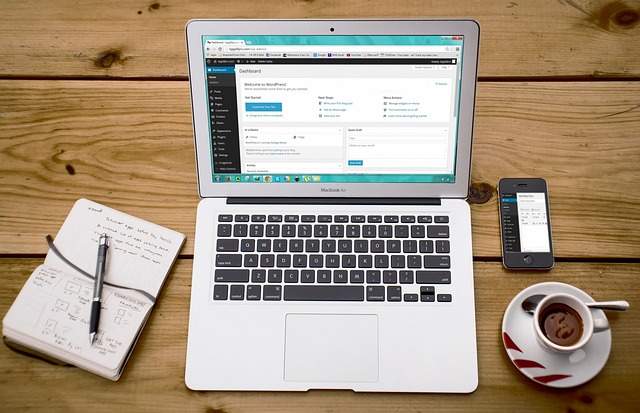
Typography is a very important element in web design because regardless of how powerful the graphic elements are, you have still got to use a lot of text to communicate the various aspects of the online business to customers in a manner that is clear and unambiguous. The typography style should also make visitors attracted to read the contents of the website. In addition to the color scheme and the graphical elements, typography is also vital for creating the overall brand experience with its aesthetic appeal and functionality. Some important things to bear in mind while deciding on the typography to be used in web design:
Read the Matter First
It is not enough to just copy the text matter given by clients for reproduction in the website. It is very important that you thoroughly it read first so that you are sure that there are no ambiguities or spelling and grammatical mistakes. You also need to make sure that the text matter fits the given context. While laying out the text, ensure that the spacing is uniform throughout. Most importantly, read the text to ensure that it is coherent and makes sense.
Decide on a Clear Hierarchy for the Text
All text does not have the same importance; there will be a need to create headlines and subheads that can precede the actual text matter. The text should be clearly organized into a hierarchy that can be kept uniform throughout the website so that you know which parts can be highlighted and which parts can be kept out of placing emphasis. Putting the hierarchy in place also serves to make reading and assimilating the contents easier and quicker for the reader. The result of a good text hierarchy is that the reader knows intuitively how to read the matter and understands it better.
Take into Account the Aspects of Macro and Micro Typography
Macro-typography refers to the overall structure of how the type appears on the web page and its overall appearance when viewed by users as a block of text. On the other hand, micro typography involves the details of the text layout like making sure that the spacing is all right and that the text is very easily readable. The main intention of micro-typography is to ensure that the text matter is readable without the visitor needing to put in too much effort. Sometimes you need to combine text into the graphics as an infographic for the best communication. For example, if you were to present live Instagram stats, you could place it inside an interesting graphic for the best possible notice-ability.
Use Fonts That Are Guaranteed to Display Properly
It may be extremely tempting to use fancy typefaces in your web content to create a major impact but the sad truth is that many fonts do not display as intended on various screens of users because their system does not support it. As a prudent measure, it is better to use fonts that are safe; the term essentially means that the text is legible and will be displayed as intended by the web designer on all types of computers and mobile devices regardless of the web browser being used. In its ‘State of Content’ report (https://blogs.adobe.com/creative/files/2015/12/Adobe-State-of-Content-Report.pdf), Adobe observes that more than 7 out of 10 users say content “must display well on the device”.
Get the Font Size Right
Choosing the right font size is an art by itself. Generally, it pays not to use very large or very small fonts as they are difficult to read after a point. It is normal for web designers to use fonts of 10-point size because most people seem to be okay with that size. For headings and captions, you can use slightly larger fonts; however, it is best not to go overboard. Instead of increasing the font size too much you can instead make the text bold or use a different color so that it is more prominent. Above all, make a special effort to maintain a sense of proportion between the various font sizes that you are using so that the final effect does not jar.
Chose the Right Colors for the Type
After deciding the font style and its size, you should now pay attention to the colors that you can assign to the text matter. The most important consideration is that the text should be readable and the colors assigned to the text should help in that objective while at the same time enhancing the aesthetics of the website. The most effective colors for text matter are black or white but try to avoid the use of font colors in reverse as the human eye is not accustomed to reading large sections of text in that way. Remember that the color of the text must be in sharp contrast to the color scheme of the web page for ensuring the best readability. Visitors are generally very short on patience and will not hesitate to abandon a site where they find reading the text difficult.
Pay Attention to the Spacing, Line Height, and Alignment of Text
The spacing of letter and words can make a lot of difference to the readability of the text on a web page. While there is no correct way of doing it, some amount of experimentation will tell you if your adjustment of the spacing is optimum, it encourages users to read without getting unduly distracted. The spacing between paragraphs and even in between the lines is very important as you need to adjust it in such a way that the text does not appear to be a dense block of matter that would frighten away most readers. Giving enough space and adjusting the alignment of the matter in the proper manner will give the text an airy and inviting feel.
Conclusion
Placing the text properly after having chosen the font type, the size, and the color is perhaps the most critical element in making text interesting and readable. Remember to keep the matter as crisp as possible because precise and accurate information in the minimum number of words is preferred by all users.

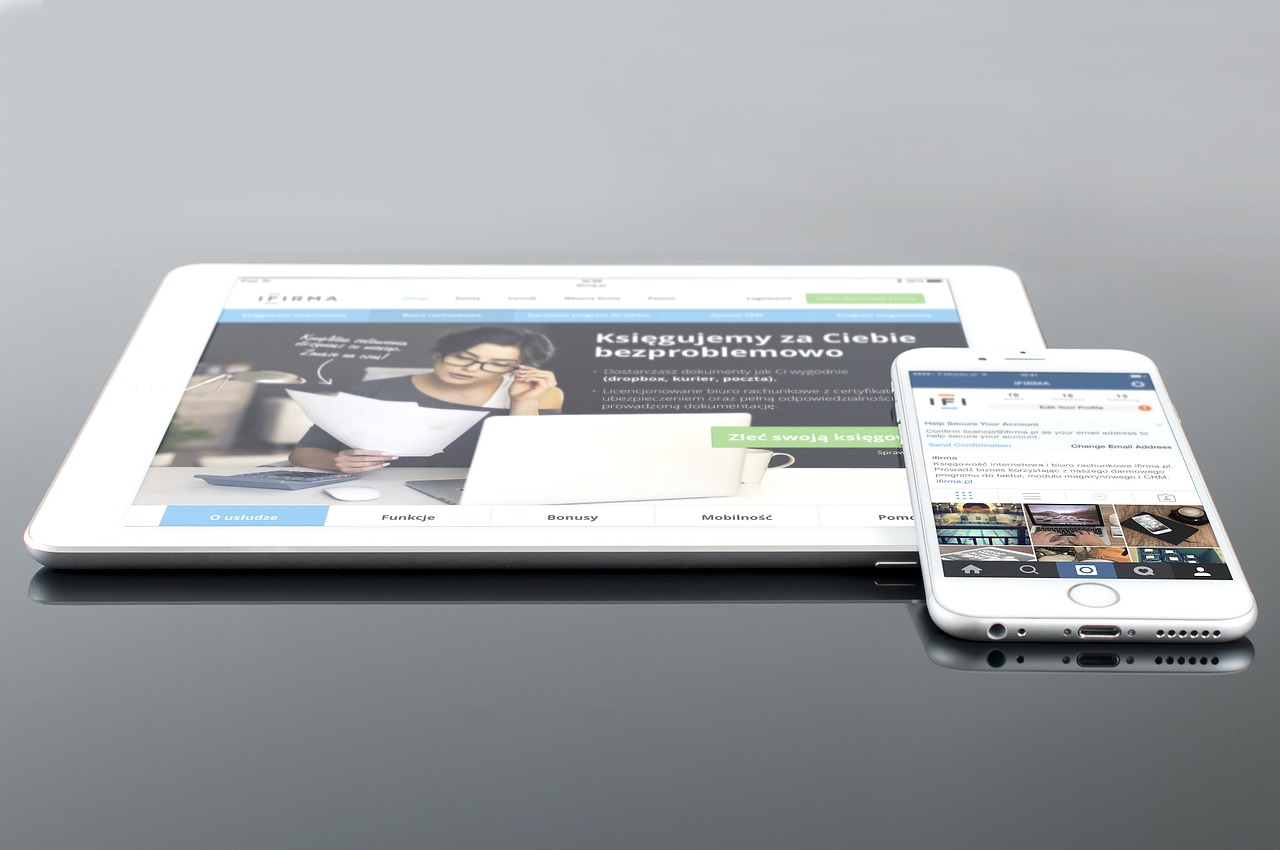
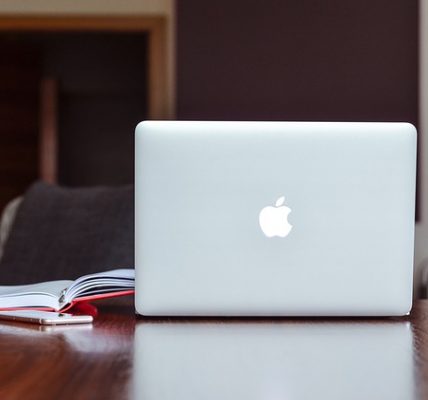
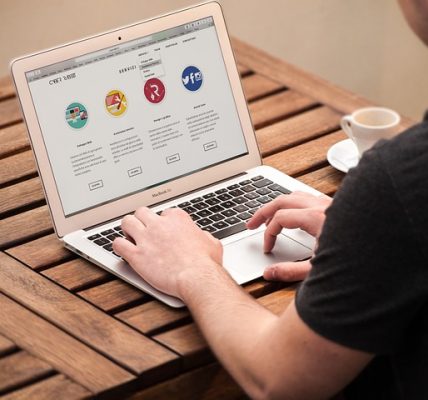
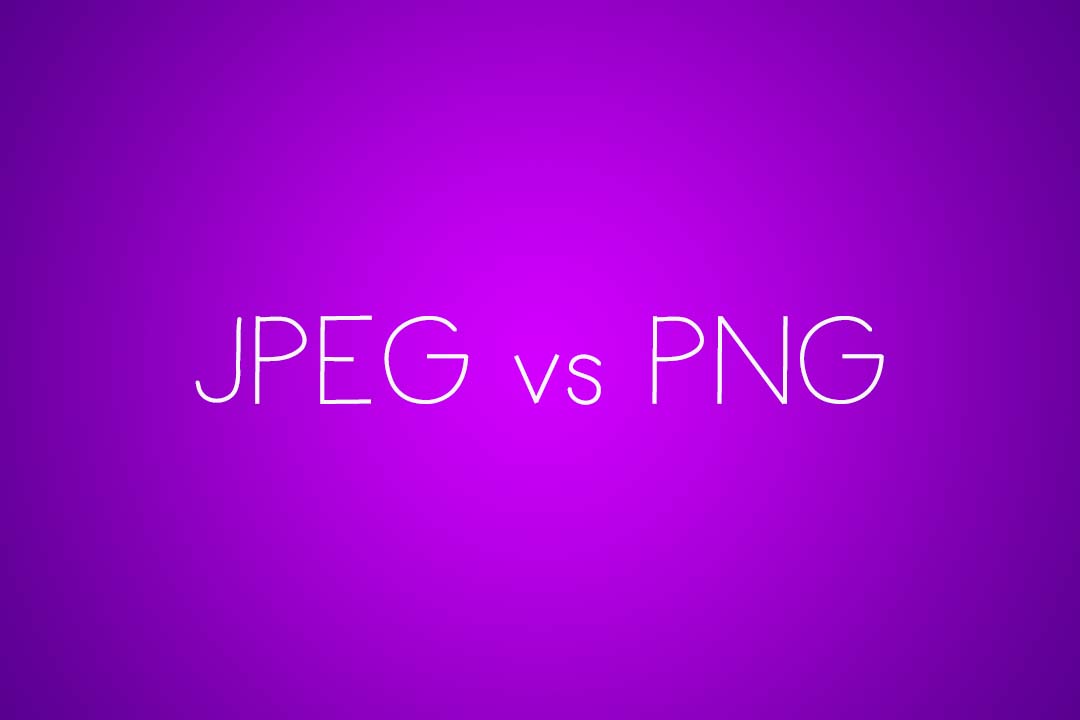





![Watch Video Now on xiaohongshu.com [以色列Elevatione perfectio X美容仪 perfectio X 全新仪器黑科技了解下]](https://www.techburgeon.com/wp-content/uploads/2019/07/perfectiox-singapore-150x150.jpg)
